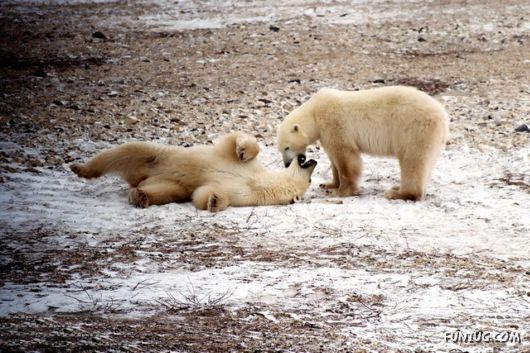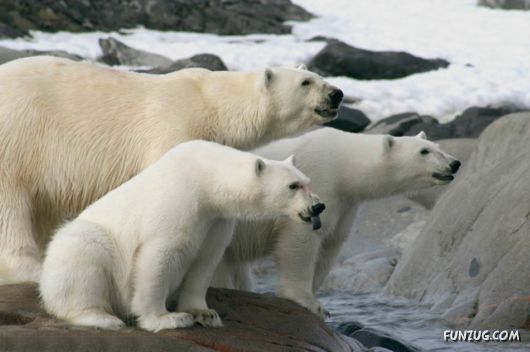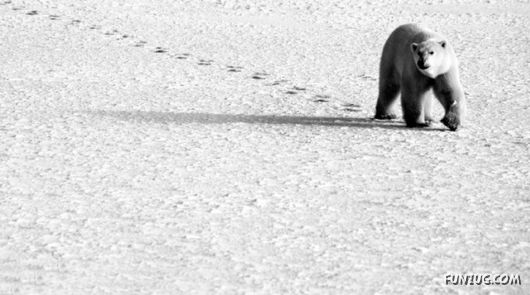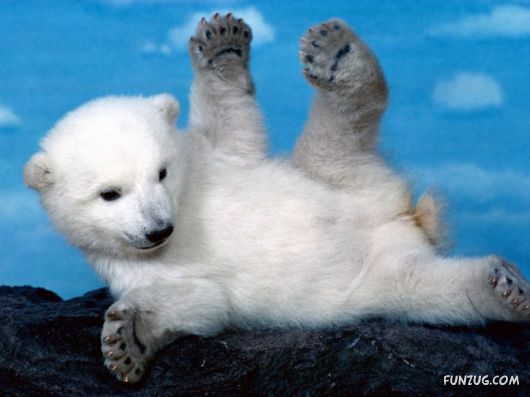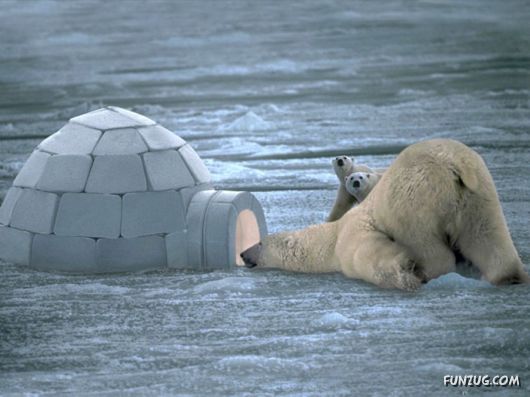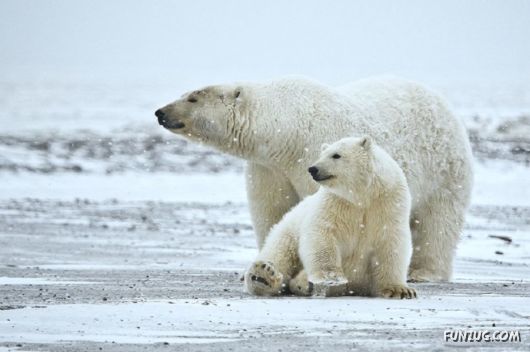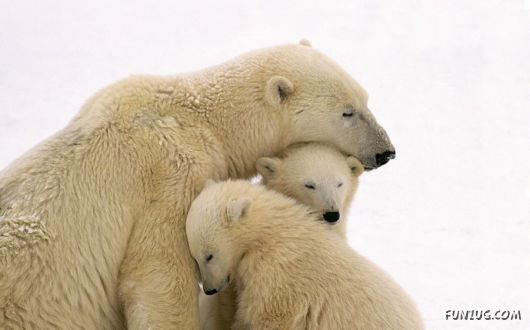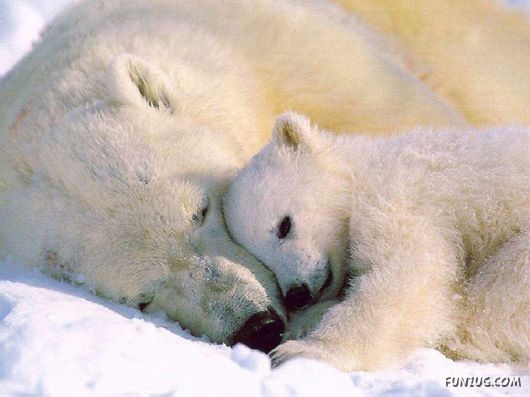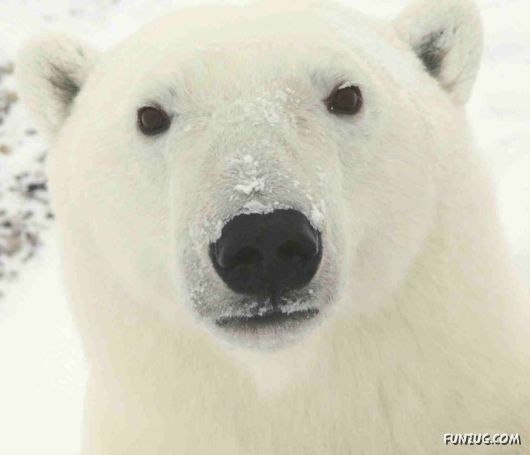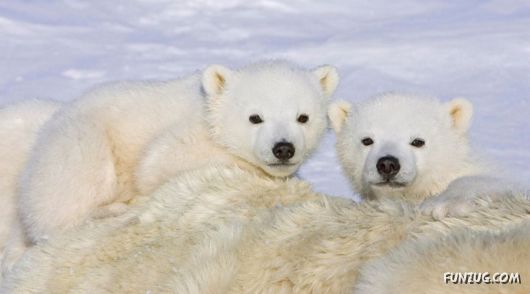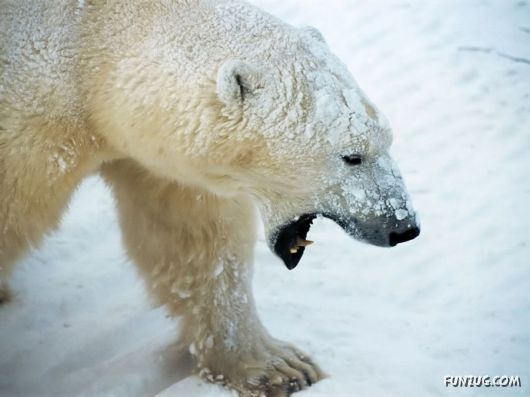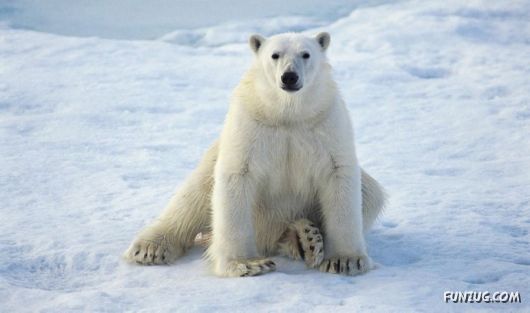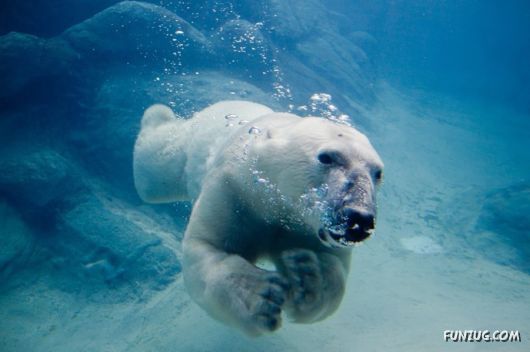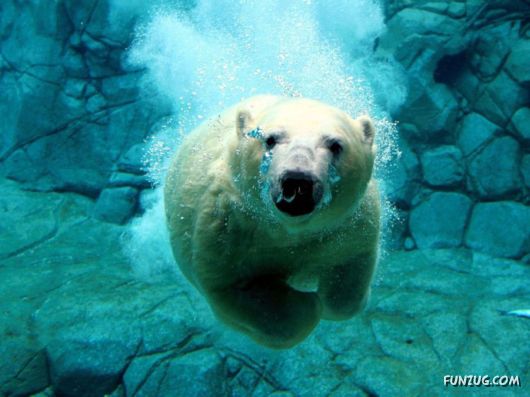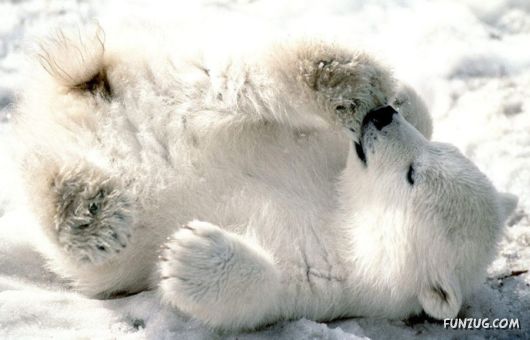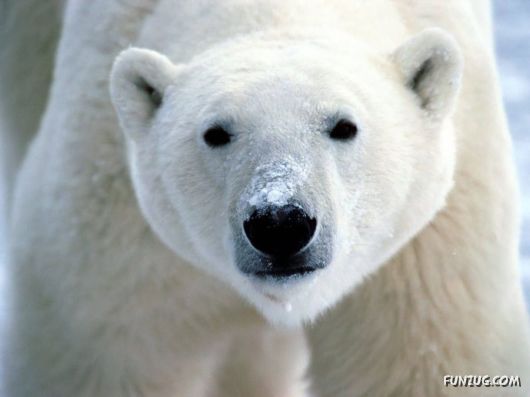The polar bear is a bear native to the Arctic Ocean and its surrounding seas. The world’s largest predator found on land, an adult male weighs around 400?680 kg (880?1,500 lb), while an adult female is about half that size.
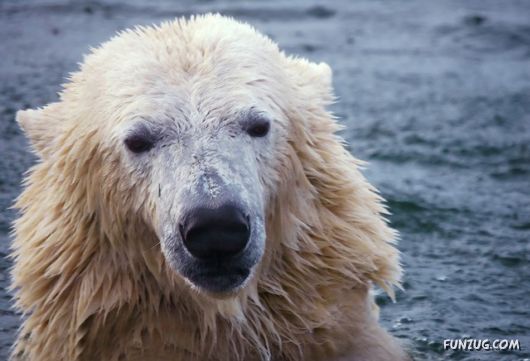
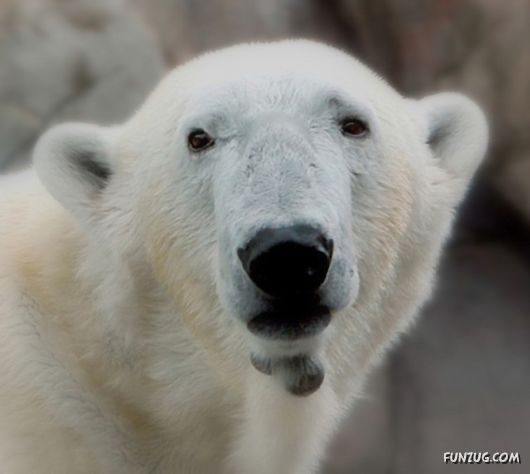
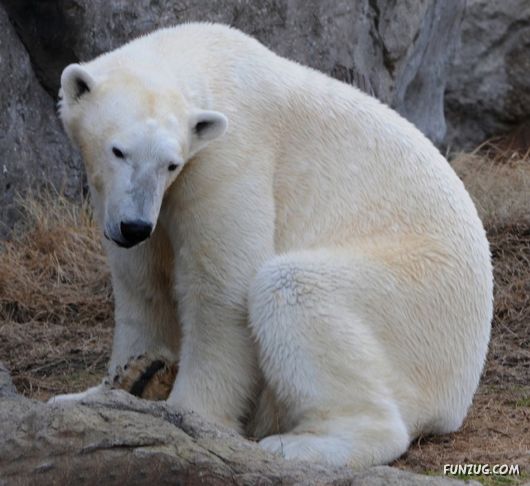
Although it is closely related to the brown bear, it has evolved to occupy a narrow ecological niche, with many body characteristics adapted for cold temperatures, for moving across snow, ice, and open water, and for hunting the seals which make up most of its diet. As it can hunt consistently only from sea ice, the polar bear spends much of the year on the frozen sea, although most polar bears are born on land.
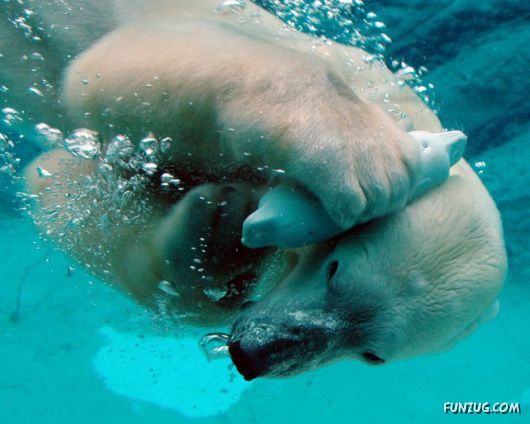
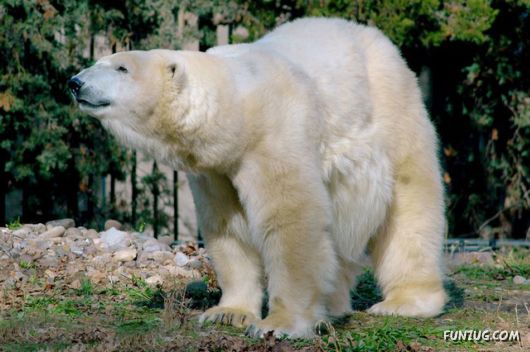
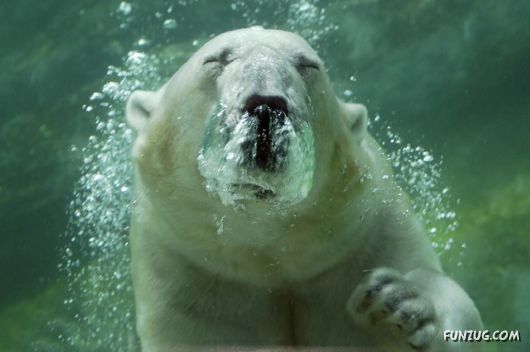
The polar bear is classified as a vulnerable species, with 5 of the 19 polar bear subpopulations in decline. For decades, unrestricted hunting raised international concern for the future of the species; populations have rebounded after controls and quotas began to take effect. For thousands of years, the polar bear has been a key figure in the material, spiritual, and cultural life of Arctic indigenous peoples, and the hunting of polar bears remains important in their cultures.
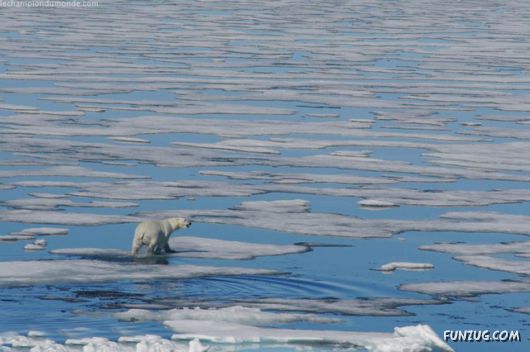
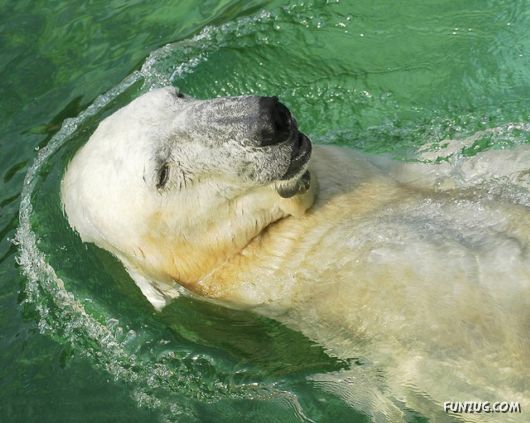
The IUCN now lists global warming as the most significant threat to the polar bear, primarily because the melting of its sea ice habitat reduces its ability to find sufficient food. The IUCN states, "If climatic trends continue polar bears may become extirpated from most of their range within 100 years." On May 14, 2008, the United States Department of the Interior listed the polar bear as a threatened species under the Endangered Species Act.

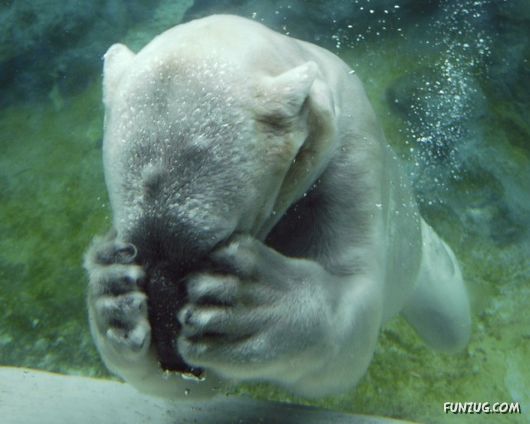

The polar bear is often regarded as a marine mammal because it spends many months of the year at sea. Its preferred habitat is the annual sea ice covering the waters over the continental shelf and the Arctic inter-island archipelagos. These areas, known as the "Arctic ring of life", have relatively high biological productivity in comparison to the deep waters of the high Arctic. The polar bear tends to frequent areas where sea ice meets water, such as polynyas and leads (temporary stretches of open water in Arctic ice), to hunt the seals that make up most of its diet. Polar bears are therefore found primarily along the perimeter of the polar ice pack, rather than in the Polar Basin close to the North Pole where the density of seals is low.
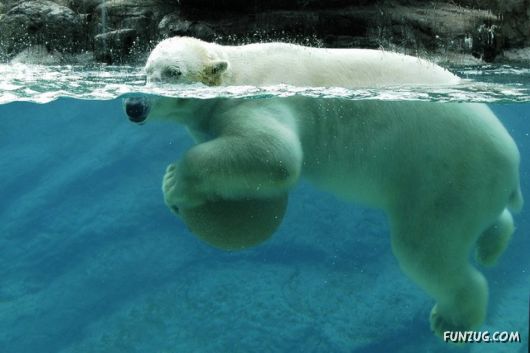
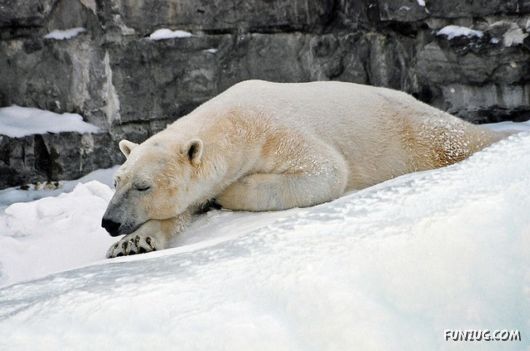
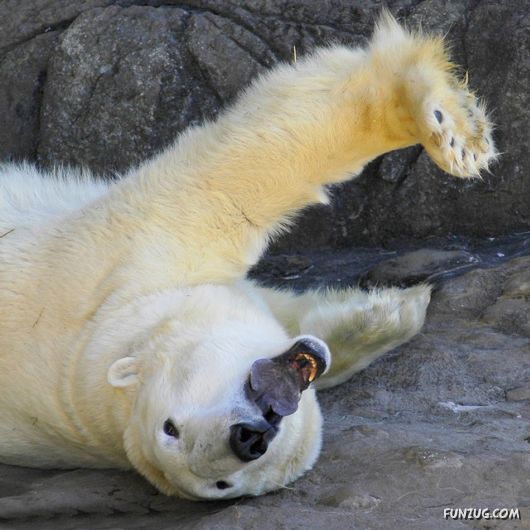
Annual ice contains areas of water that appear and disappear throughout the year as the weather changes. Seals migrate in response to these changes, and polar bears must follow their prey. In Hudson Bay, James Bay, and some other areas, the ice melts completely each summer (an event often referred to as "ice-floe breakup"), forcing polar bears to go onto land and wait through the months until the next freeze-up. In the Chukchi and Beaufort seas, polar bears retreat each summer to the ice further north that remains frozen year-round.
